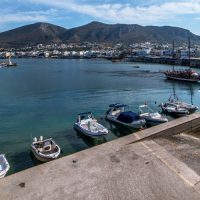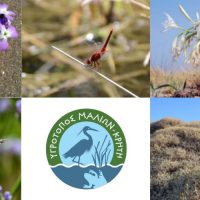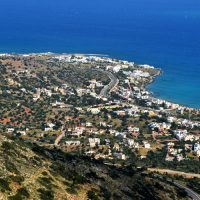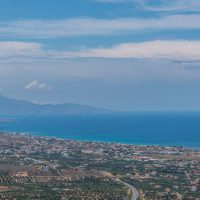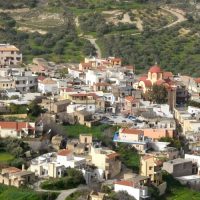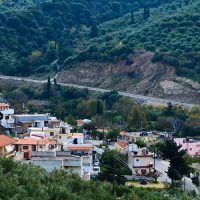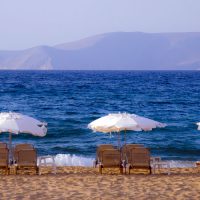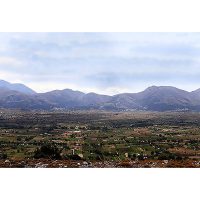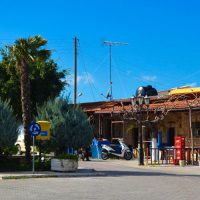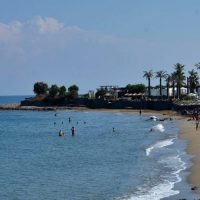Description
Malia is a modern town 34km east of Heraklion and one of the most famous tourist destinations in Crete. It is located on the coastal smooth land formed from the northern foothills of Mount Selena until sea. The ancient town was named after its position – omalia/Malia (i.e. smooth land).
Until the 1940s, it was a small village whose inhabitants were engaged in banana and vegetable cultivation. It was a picturesque village in a landscape with stone windmills from which the inhabitants watered their gardens. Nowadays, the city has experienced a rapid tourist development with luxury hotels, restaurants and tourist shops flooding the area and attracting thousands of tourists every year.
The central street, Eleftherios Venizelos, seems to split the city into two parts. On the one hand, there is the old town surrounded by olive groves and the heights of Mount Selena, while on the other hand, there is the newest tourist part of the city spreading over the beach. The former part of Malia is characterized as picturesque and traditional as it preserves elements of the Cretan tradition with beautiful houses, narrow streets, churches and taverns in which visitors can taste traditional dishes. The latter part of Malia, the coastal, is full of restaurants, shops and countless bars and clubs offering a lively entertainment to young tourists during the summer season.
A reference point of Malia is the archaeological site located 3km east of the town. At this place, there is one of the most important monuments of the Minoan period, the Minoan Palace of Malia, which is the third largest palace of Minoan Crete built near the sea. The Minoan Palace of Malia is of imposing dimensions, complex design and with many details covering an area of 7.500 square meters. It was first built in 1900BC to be totally destroyed after 1450BC due to fire. Northeast of the palace, the excavated Necropolis of Chryssolakkos, the great protopalatial cemetery, lies. At this place, the famous gold jewelry with bees, the Minoan Malia Bees, was found and nowadays, it is exhibited at the Archaeological Museum of Heraklion.
Apart from the Minoan Palace, the area has several sights such as historic temples and places of natural beauty. The church of Panagia Galatiani (Virgin Mary Galatiani) is worth visiting due to its famous religious frescoes. There are also other temples such as the temples of Agios Ioannis Prodromos (St. John the Baptist), of Taxiarches, of Agios Dimitrios-Annunciation, of Agia Pelagia and Agios Georgios. There are many old frescoes in the church of Agios Georgios and according to tradition it was built to protect those who stayed overnight at that place from the fairies, which are believed to be present in the area.
The beach of Malia is stretched in front of the town. It is flooded by people because it has got golden sand and crystal clear blue waters. It is a well organized beach with many water sport options and it is 6km long starting from Stalida. Opposite the beach, there is an islet named Afentis Christos, on which the church of Metamorphosis tou Sotiros (the Transfiguration of the Savior). On the other hand, for those who cannot withstand crowds, there is a long sandy beach located east of the town, close to the archaeological site of the Minoan Palace. This beach is known to locals as Potamos (i.e. river) and it was named after the small river that flows into the eastern part of the sea, next to the magnificent wetland of Malia.
This is a fascinating destination that has many different beauties because it is built between the mountains and sea. It is a destination that combines the modern and traditional in a unique way while the inhabitants welcome each visitor with warm welcome and gracious hospitality and in this way, the visitors’ holidays will be an unforgettable experience.
Attributes
- Travel activities RECREATION, Villages
- Location Malia Region / Malia (city of)
- Listing categories RECREATION



